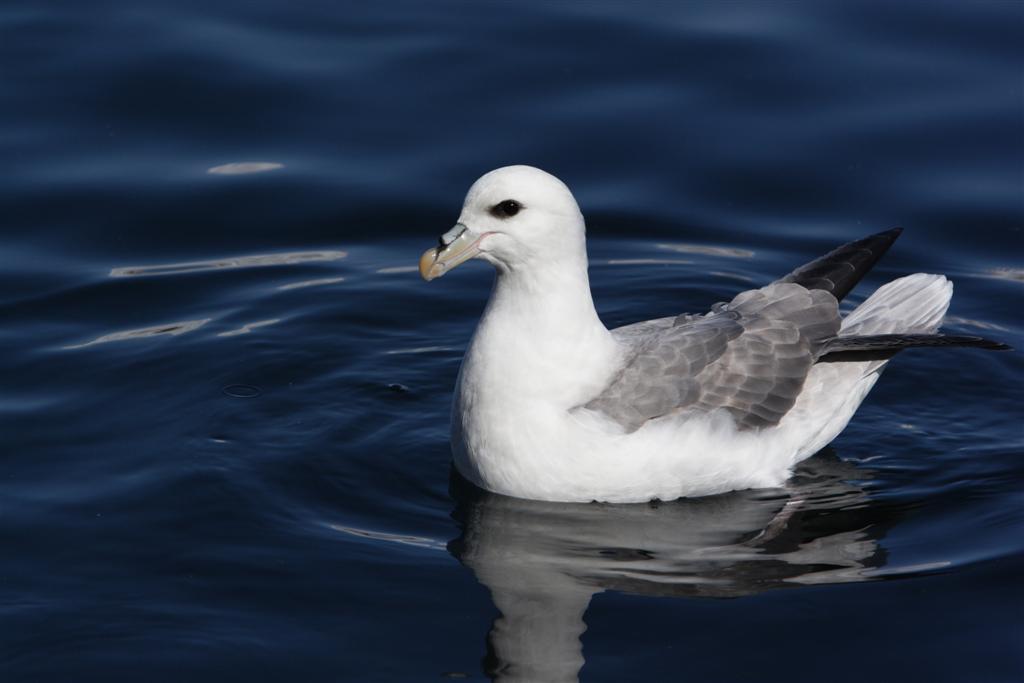Arctic Fulmar

The Arctic fulmar defines the cuisine of Mýrdalur. Throughout the 20th century, the people of Mýrdalur were brought up eating fulmar at least twice a week.
Fulmar is first mentioned in the area around 1820, and fulmar hunting likely began ten years later. In the year 1900, 28.000 fulmar nestlings were caught in Mýrdalur alone. Precise descriptions exist of the traditions and customs of fulmar hunting trips and therein lies a treasure for tourism in this area and Vestmannaeyjar. The fulmar was valuable and used as currency in the old days in exchange for other goods.
The week-long hunting season began in the 18th week of summer before the nestlings learned to fly. The morning after the first day of hunting, large troughs with freshly cooked fulmar were served, with the end of the hunt celebrated with a feast consisting of smoked fulmar nestlings, raisin porridge with syrup and even sheep steaks. A rutabaga and barley soup was made with salted fulmar and males were served half a fulmar with the soup.
Every part of the fulmar was used. The eggs were gathered and eaten fresh, either boiled or in small pancakes. The heads, wings, and legs were removed in a process known as pruning the bird. The head was eaten as a delicacy, but it was hard to pluck and clean.
Fulmar breast with skin was quite the delicacy, and when boiled with the skin the fulmar became tastier. This caused fat to cover the surface of the water, called “smolt.” The smolt was collected and used as a spread. Winter fulmar is not as fatty and it could be eaten fresh. It had to boil for a long time, the pot was brought to a boil and then kept in a box isolated with hay.
The nestlings were most often plucked but sometimes skinned. The down was kept, but it could be problematic. It was said that people who used fulmar down duvets smelled like cottages. Various methods existed to get the smell of the fulmar’s stomach oil out of the down. The down was left out in the rain and then dried, it was heated in pots and then blow-dried, kept for years in caves. A biotechnological method was developed in Mýrdalur where maggots were grown in the down and then shaken out of it.